6 wildlife photography tips from a pro
We get the best wildlife photography tips from a professional photographer to help you snap that perfect shot
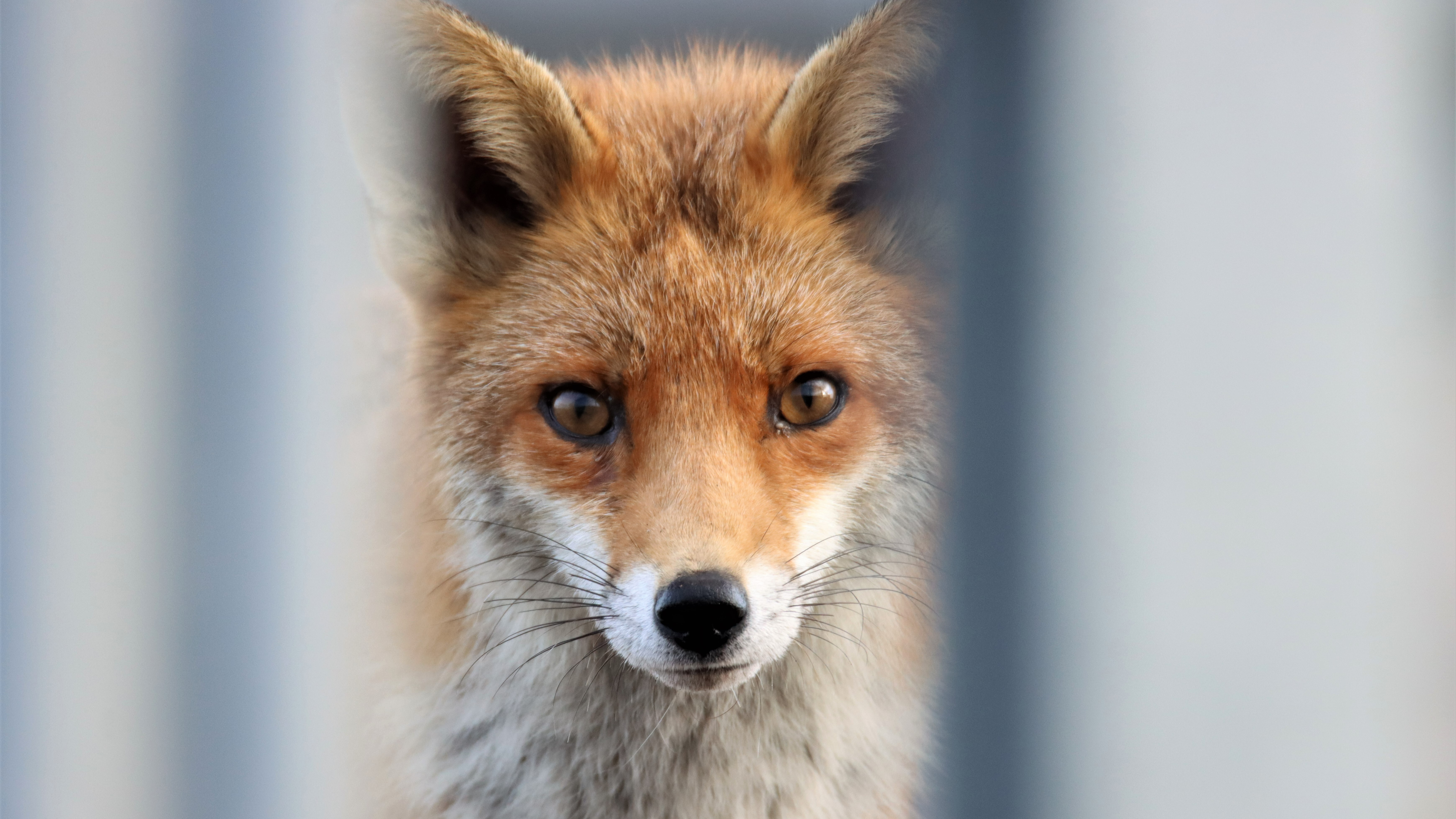
If wildlife viewing is a big part of the reason you get out in nature, you might have been trying to capture that perfect still of a grazing elk or even a frolicking bear so you can document the enchanting sights you see on your travels. And along the way, you’ve probably learned that wildlife photography isn’t easy.
Wild animals are unpredictable and tend to be shy of humans, and sometimes it seems that they just know the minute you’ve pulled your camera out and flit off to a further tree out of range. Professional wildlife photographer and panel judge for the RSPCA Young Photographer Awards Emma Jacobs recently shared the following tips with us for successful wildlife photography to help you snag those stunning shots.
1. Photograph during the magic hours
You may have heard photographers describe dawn and dusk as the “magic hours” because of the softer light and reduced contrast created by the sun’s lower position in the sky, but when it comes to photographing wildlife, there’s another reason to capitalize on the two hours after sunrise and the two hours before sunset, according to Jacobs.
“Wild animals are generally more active at sunrise and sunset, as searching for food in the full sun can make them feel exposed. As the day is ending, nocturnal animals will be waking up. During the summer months you have a better chance of spotting them as they forage before sunset. Birds are more active in the morning, having spent the night tucked up waiting for sunrise to signal that it's time to look for food.”
Not only will there be more wildlife opportunities at these times, but Jacobs explains that photos of animals being active will often be more interesting than a plain portrait.
Remember that it may also be cooler at these times, so bring extra layers such as a down jacket and a hat, and carry a headlamp if there’s a chance you’ll be hiking out after dark.
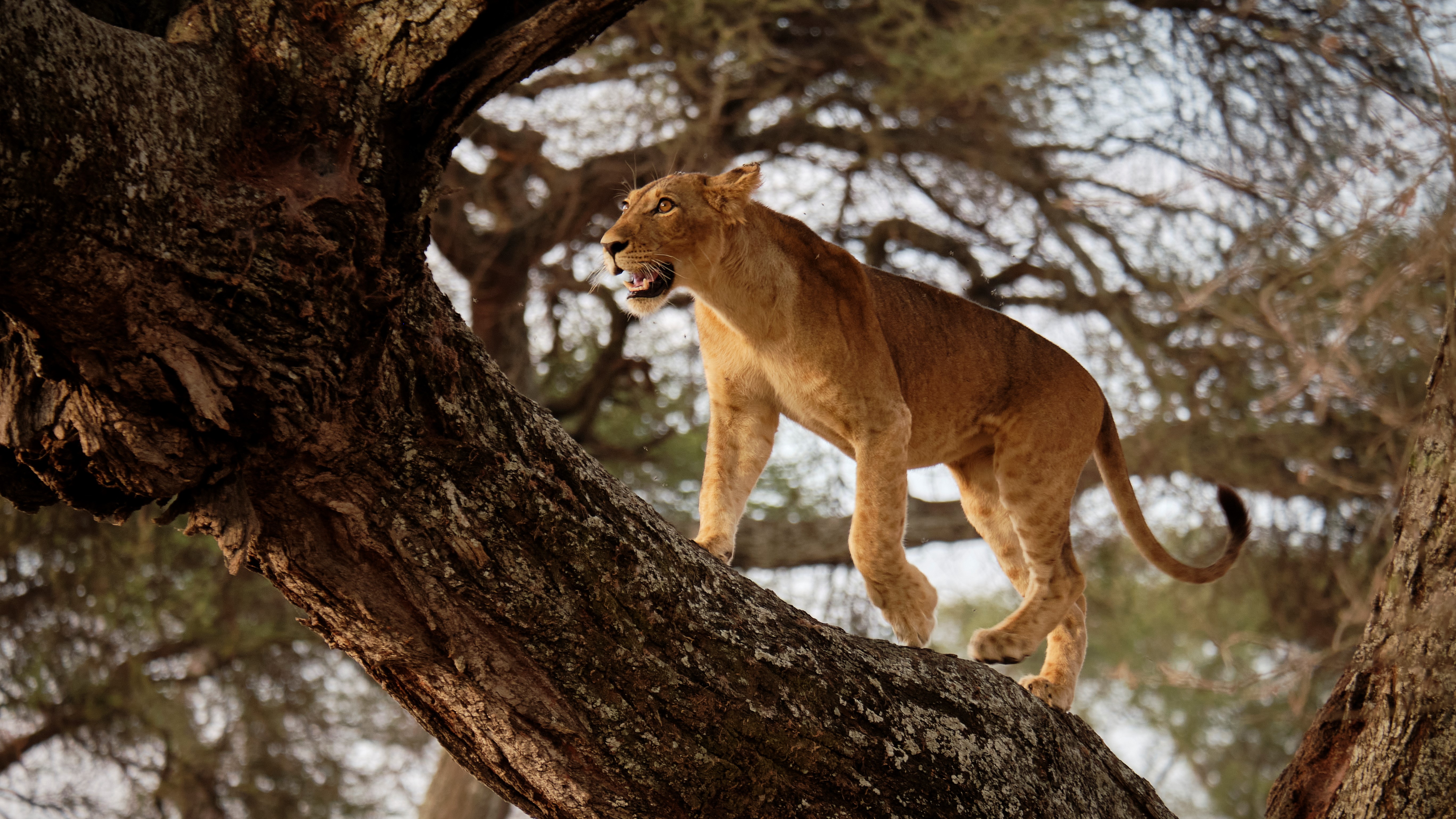
2. Look to your own backyard for inspiration
When you’re looking at other photographers’ work, it can be easy to feel envious of their proximity to magnificent moose, elusive mountain lions or exotic alligators, but you don’t have to travel to the Rocky Mountains or Everglades to access amazing creatures. Jacobs recommends you take advantage of what lives locally and you are sure to discover interesting subjects.
All the latest inspiration, tips and guides to help you plan your next Advnture!
“You can find hedgehogs, snails and beetles in your local park. Frogs, dragonflies and damselflies can be seen around ponds and lakes, and butterflies and bees will be feeding in flower beds. You can even photograph moths and spiders in your own home!”
You can even find interesting shapes to photograph in structures like cobwebs, which can create unique silhouettes and try photographing insects from interesting angles. Photographing locally means you can save time and money on travel and spend more time doing what you love. All you need is a small daypack with some water, snacks and your camera.
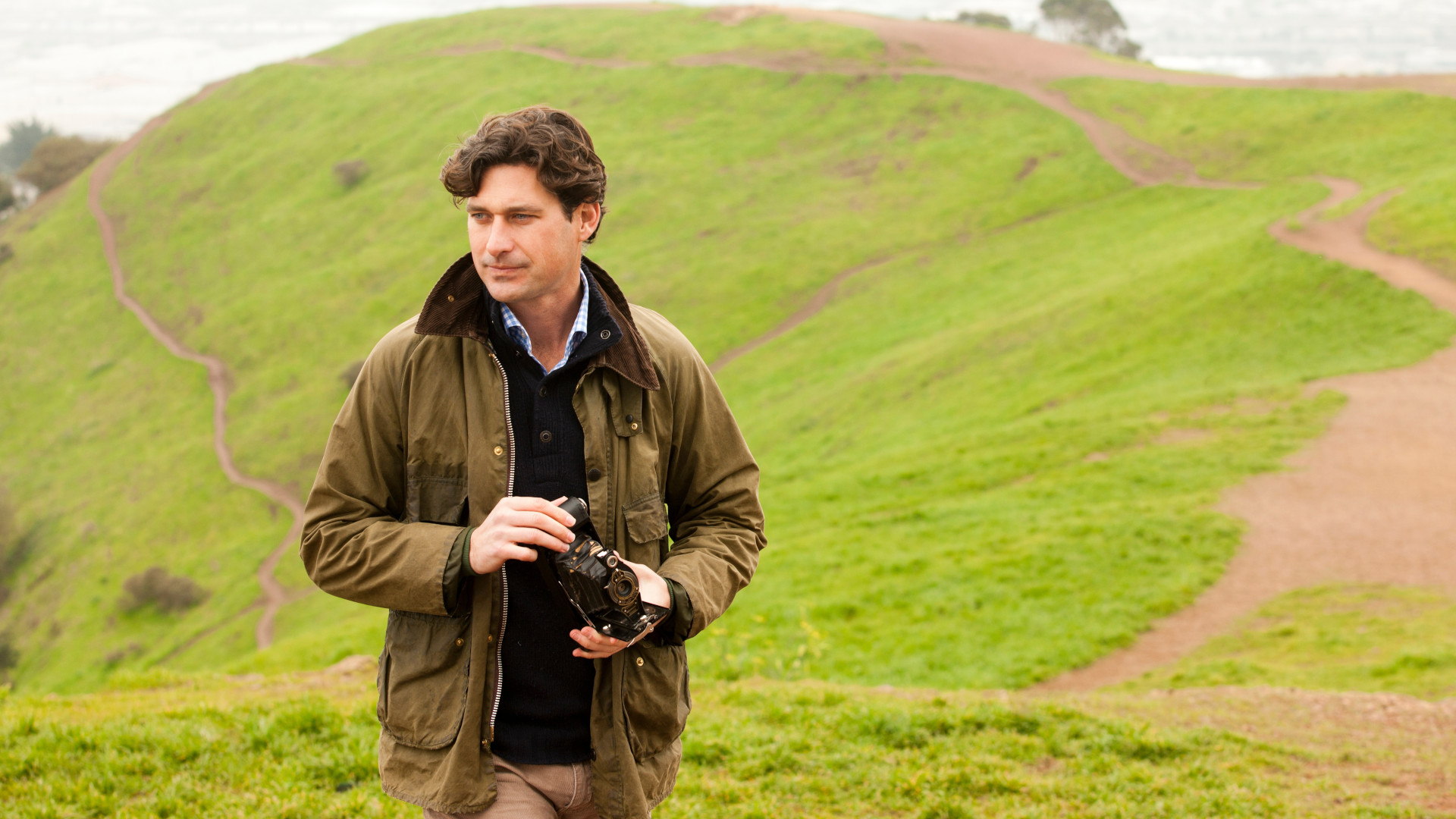
3. Take the long view
Grabbing your camera and marching out into the forest to see what creatures are at play is one way to photograph wildlife, but this method might take a lot of time, and seeing you relying heavily on luck. Doing a bit of research ahead of time on the animals you hope to capture will both save you time and increase your likelihood of success, according to Jacobs.
“Wildlife can take a lot of time and consideration to photograph, do some research on your subject – learn what their habitats are, their waking hours and so forth.”
Once you get out in the field, when you come across that pika or woodpecker, don’t just yelp with excitement, grab your camera and start snapping away. Take some time to observe them in their natural habitat and you’ll learn more than you can from books and websites.
“Take time to watch the animals in their environment as quietly as you can. What are they doing? What is around them? What is their character like? All these things can give you ideas for photos and help you tell a story.”
Patience is an important skill to refine as a wildlife photographer, and it shouldn’t end when you’ve got your shot, either.
“Move slowly and quietly, even after you've taken the photo so you don't disturb the animal. Keep in mind that you have no control over wildlife, but that's what makes your subject so interesting! If it flies or crawls away, look for another – you will be rewarded in the end! All you can do is put yourself in the right place and be patient.”
For long days out in the field, wear hiking shoes or boots that are comfortable, and consider bringing a lightweight, folding camping chair or foam seat so that you can sit comfortably without moving around.
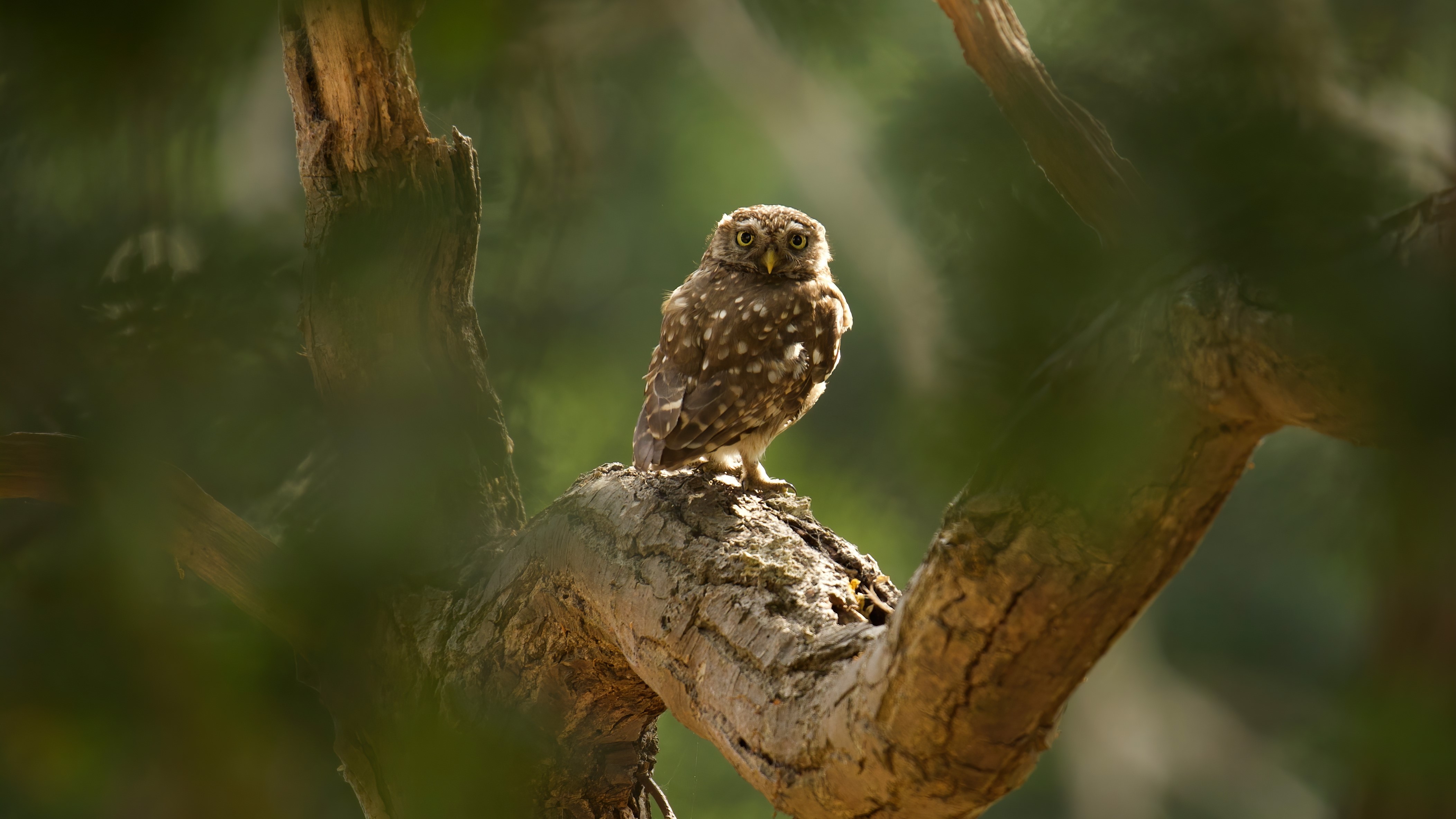
4. Try the rule of thirds
Once you’ve got that red fox or hummingbird in your sights, what do you do? Jacobs advises that there are no hard and fast rules in photography, so you should play around with different methods and suggests the rule of thirds, as a starting point. The rule of third is a compositional technique that breaks an image down into thirds. If your phone or camera has an option to add a grid, use this. The grid is two horizontal and two vertical lines which help you line up the composition of your photo.
“When using this technique, you can position your subject to the left or right of those lines ensuring the horizon and ground have an even split. By positioning the subject of your photo along the grid lines you’ll end up with a more aesthetically pleasing photo composition.”

5. Get creative
Methods like the rule of thirds can land you a stunning shot, but don’t fall into the trap of getting too dependent on them.
“Half the fun of photography is getting creative, breaking the rules and trying your own thing,” says Jacobs.
“Photography is all about creativity, so have fun with the photos you take and try different things, you never know what might happen!”
Jacobs recommends exploring different techniques like zooming in for an intimate close up, zooming out for context and getting down low to shoot from ground level. If you can, try different lenses on your camera or even phone camera.
“Digital cameras and some mobile devices allow you to try different shutter speeds and aperture settings so you can create lots of artistic effects.”
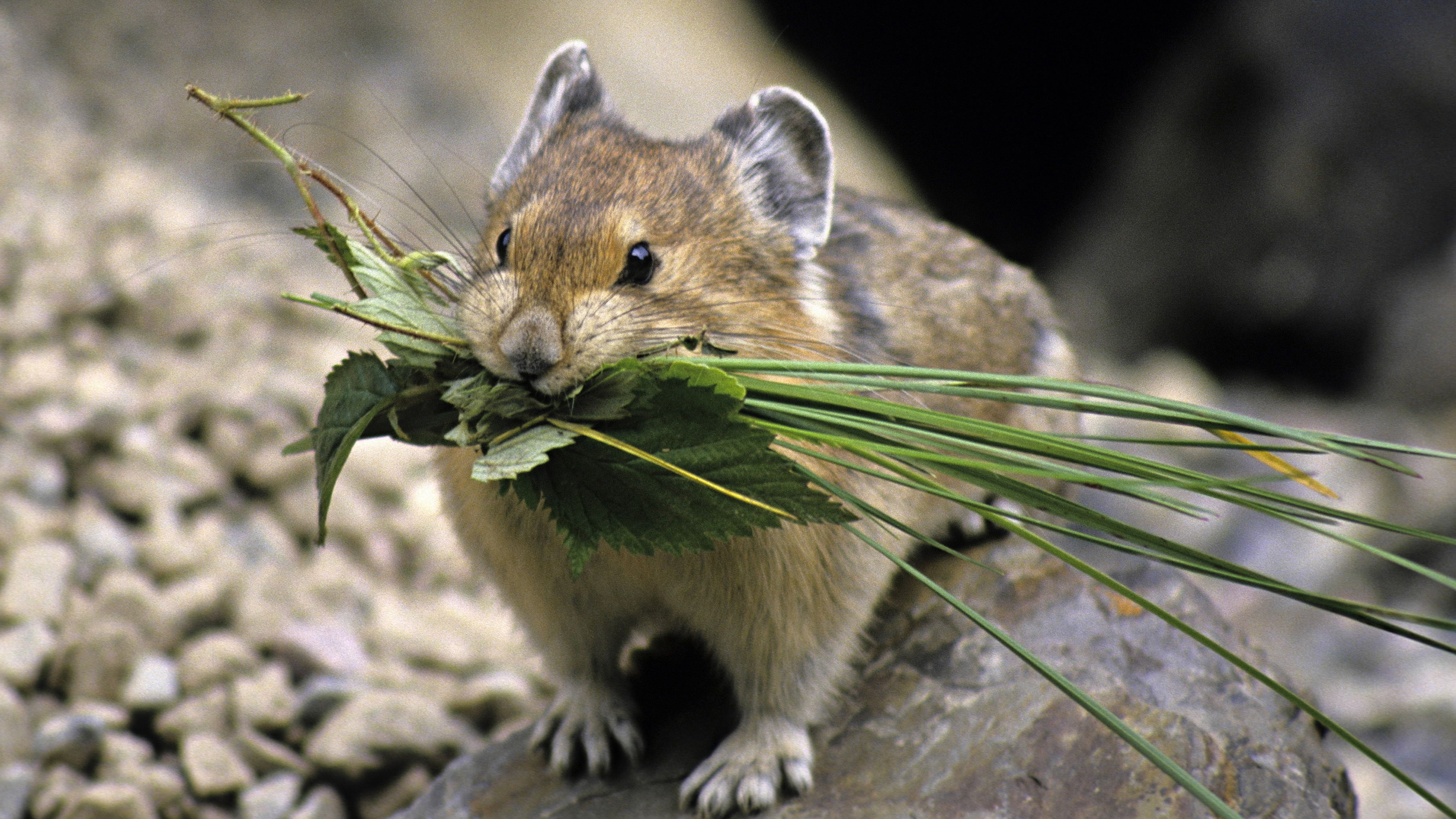
6. Respect wildlife
Last, but certainly not least, remember your commitment to the principles of Leave No Trace when you’re out in nature and don’t do anything that might disturb the wildlife you’re trying to photograph.
“Only photograph natural behaviors and always avoid making animals do anything to cause them harm or distress.”
That means no startling birds to get them to take flight or tempting a marmot closer with trail mix. You’re a guest in their house, so be quiet, still and let them be wild.
The 2023 RSPCA Young Photographer Awards is now open for entries and runs until Tuesday 15 August.
Julia Clarke is a staff writer for Advnture.com and the author of the book Restorative Yoga for Beginners. She loves to explore mountains on foot, bike, skis and belay and then recover on the the yoga mat. Julia graduated with a degree in journalism in 2004 and spent eight years working as a radio presenter in Kansas City, Vermont, Boston and New York City before discovering the joys of the Rocky Mountains. She then detoured west to Colorado and enjoyed 11 years teaching yoga in Vail before returning to her hometown of Glasgow, Scotland in 2020 to focus on family and writing.

